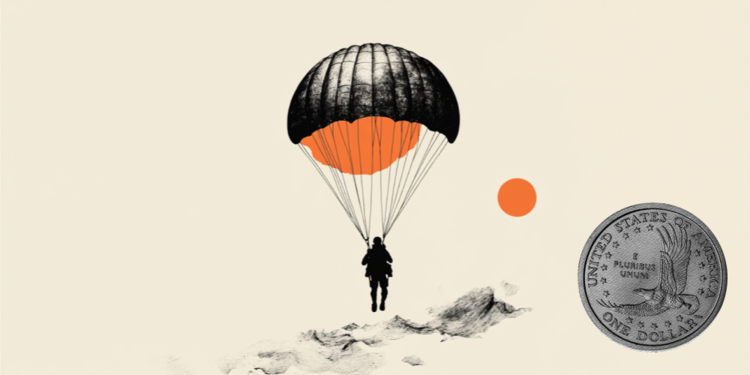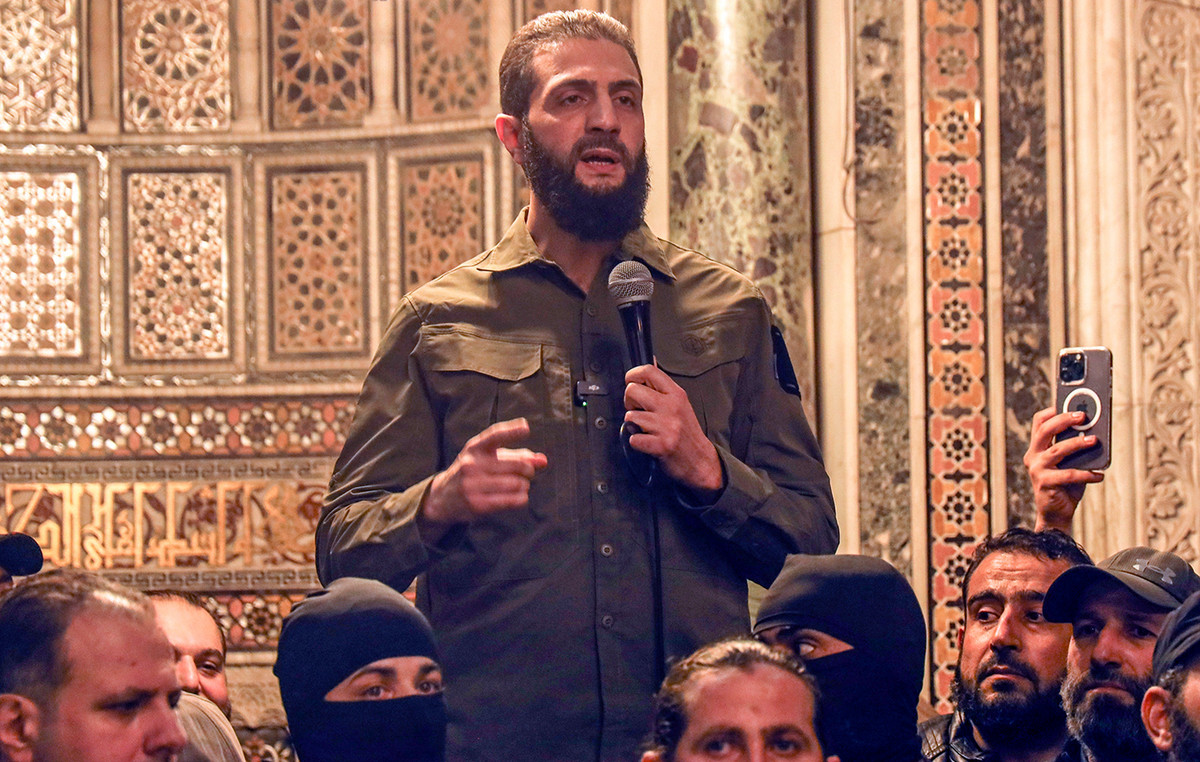More than 5,000 people are considered dead and 10,000 missing due to heavy rains caused by Storm Daniel in northeastern Libya, which caused two dams to collapse, dumping more water into already flooded areas.
Tamer Ramadan, head of the delegation of the International Federation of Red Cross and Red Crescent Societies in Libya, disclosed the number of missing people during a statement to reporters in Geneva, Switzerland, this Tuesday (12). “The death toll is enormous,” she said.
At least 5,300 people are believed dead, the Interior Ministry of Libya’s eastern government said on Tuesday, according to state media. A CNN was unable to independently verify the number of dead or missing.
Of the dead, at least 145 were Egyptians, officials in the northeastern Libyan city of Tobruk, near the border with Egypt, said.
The numbers surpass the flood recorded in Algeria in 1927, which left around 3,000 people dead, making the Libyan flood the deadliest ever recorded in North Africa since 1900.
The last recorded flood in Libya was in 2019, when four people died and tens of thousands were affected. But the scale of the current tragedy is unprecedented for the country.
In the city of Derna, which suffered the worst of the devastation, around 6,000 people remain missing, Othman Abduljalil, health minister in the government supported by Libya’s eastern parliament, told local television. He called the situation “catastrophic” when he visited the city on Monday (11) and described the place as a “ghost town”.
Entire neighborhoods in the city are believed to have been destroyed, authorities said.
“The bodies are still scattered in many places,” Abduljalil told TV.
Hospitals in Derna are no longer functioning and morgues are full, said Osama Aly, spokesman for the emergency and ambulance service. Corpses were left on the sidewalks outside morgues, he told CNN.
“There are no first-hand emergency services. People are working right now to collect the decomposing bodies,” said Anas Barghathy, a doctor who currently works as a volunteer in Derna.
“We are all terrified”
Relatives of people who lived in the destroyed city of Derna told CNN who were terrified after seeing videos of the floods, without receiving any word from their families.
Ayah, a Palestinian woman who has cousins in Derna, said she has been unable to contact them since the storm began.
“I’m really worried about them. I have two cousins who live in Derna. It appears that all communications are down and I don’t know if they are active at this time. It’s very scary to see the videos coming out of Derna. We are all terrified,” she said.

Tobruk resident Emad Milad said eight of his relatives died in the floods in Derma.
“My wife’s sister and her husband passed away. Her entire family is also dead. A total of eight people were missing. It’s a disaster. It’s a disaster. We are praying for better things,” he said on Tuesday.
“Fierce” weather conditions
The rain, which swept through several cities in northeastern Libya, is the result of a very strong low pressure system that caused catastrophic flooding in Greece last week and moved into the Mediterranean before becoming a tropical cyclone.
The deadly storm comes in a year of unprecedented weather disasters and record-breaking extreme temperatures.
Just as ocean temperatures around the world rise due to planet-warming pollution, the Mediterranean’s temperature is well above average, which scientists say fueled the storm’s heavy rainfall.
“Warmer water not only fuels these storms in terms of rainfall intensity, but also makes them more ferocious,” Karsten Haustein, a climatologist and meteorologist at the University of Leipzig in Germany, told the Science Media Center.
Libya’s vulnerability to extreme weather is heightened by its long-standing political conflict, a power struggle that has lasted for more than a decade between two rival administrations.
The country of six million people has been divided between warring factions since 2014, following the 2011 NATO-backed uprising against Muammar Gadhafi.

The UN-backed Government of National Unity, led by Abdulhamid Dbeibeh, is based in Tripoli, in northwestern Libya. Its eastern rival is controlled by commander Khalifa Haftar and the Libyan National Army, who support the east-based parliament led by Osama Hamad.
Derna is under the control of Haftar and the eastern administration.
The country’s complex politics “pose challenges for developing risk communication and hazard assessment strategies, coordinating rescue operations, and also, potentially, for maintaining critical infrastructure such as dams,” said Leslie Mabon, professor of Systems Environmental Studies at the Open University, at the Science Media Center.
Dam collapse
The collapse of two dams, which led to the flooding of the city of Derna, caused catastrophic damage, authorities said on Tuesday.
“Three bridges were destroyed. The rushing water swept away entire neighborhoods, ending up depositing them in the sea,” said Ahmed Mismari, spokesman for the Libyan National Army.
Houses in the valleys were swept away by strong muddy currents carrying vehicles and debris, said Aly, a spokesman for the Emergency and Ambulance authority.
Phone lines in the city were down, complicating rescue efforts, and workers were unable to enter Derna due to the extensive destruction, Aly told CNN .
Aly said authorities did not foresee the scale of the disaster.
“Meteorological conditions have not been well studied, sea water levels and precipitation [não foram estudados]the wind speeds, there was no evacuation of families that could have been in the path of the storm and in the valleys”, he said.
Source: CNN Brasil
Bruce Belcher is a seasoned author with over 5 years of experience in world news. He writes for online news websites and provides in-depth analysis on the world stock market. Bruce is known for his insightful perspectives and commitment to keeping the public informed.







